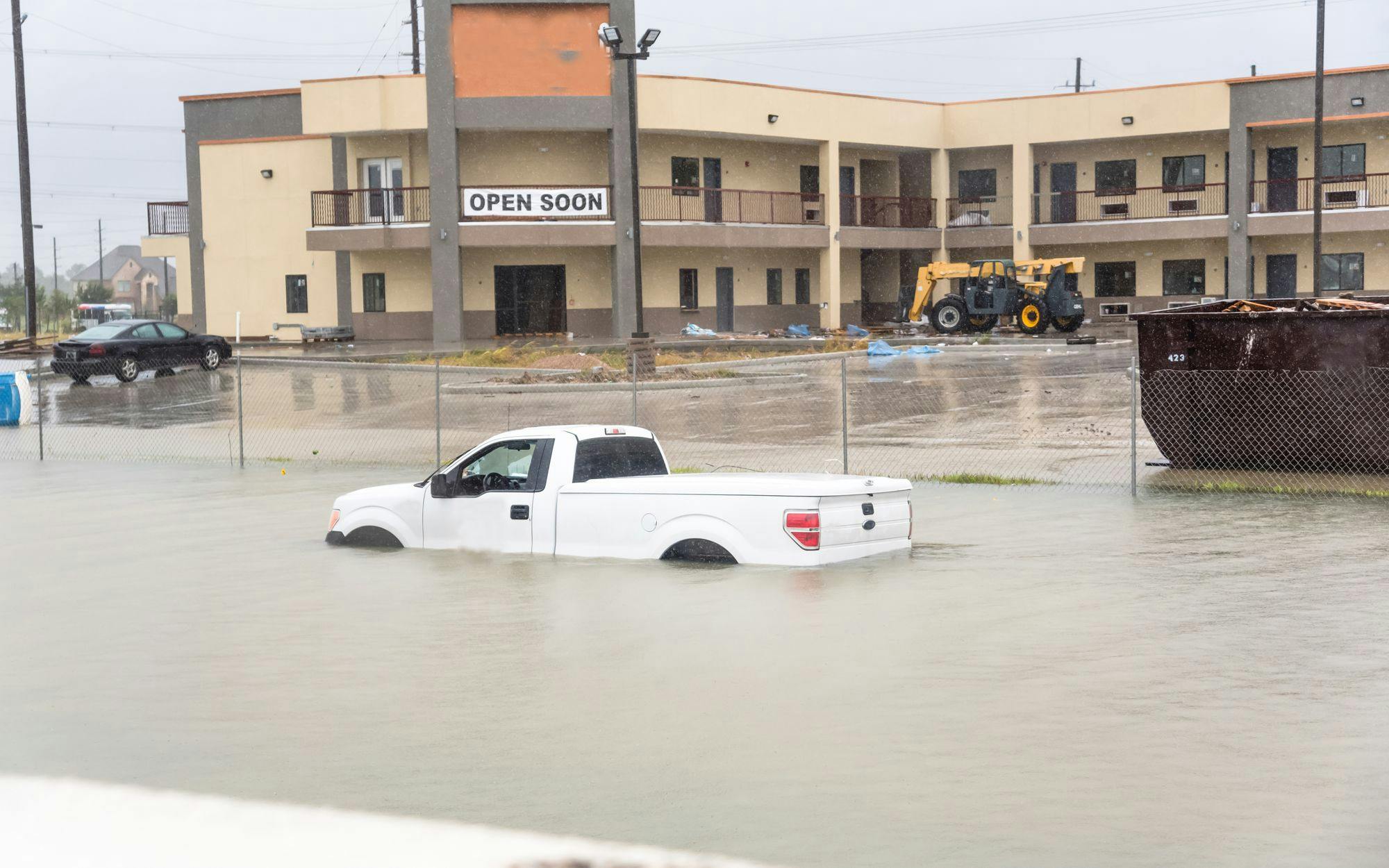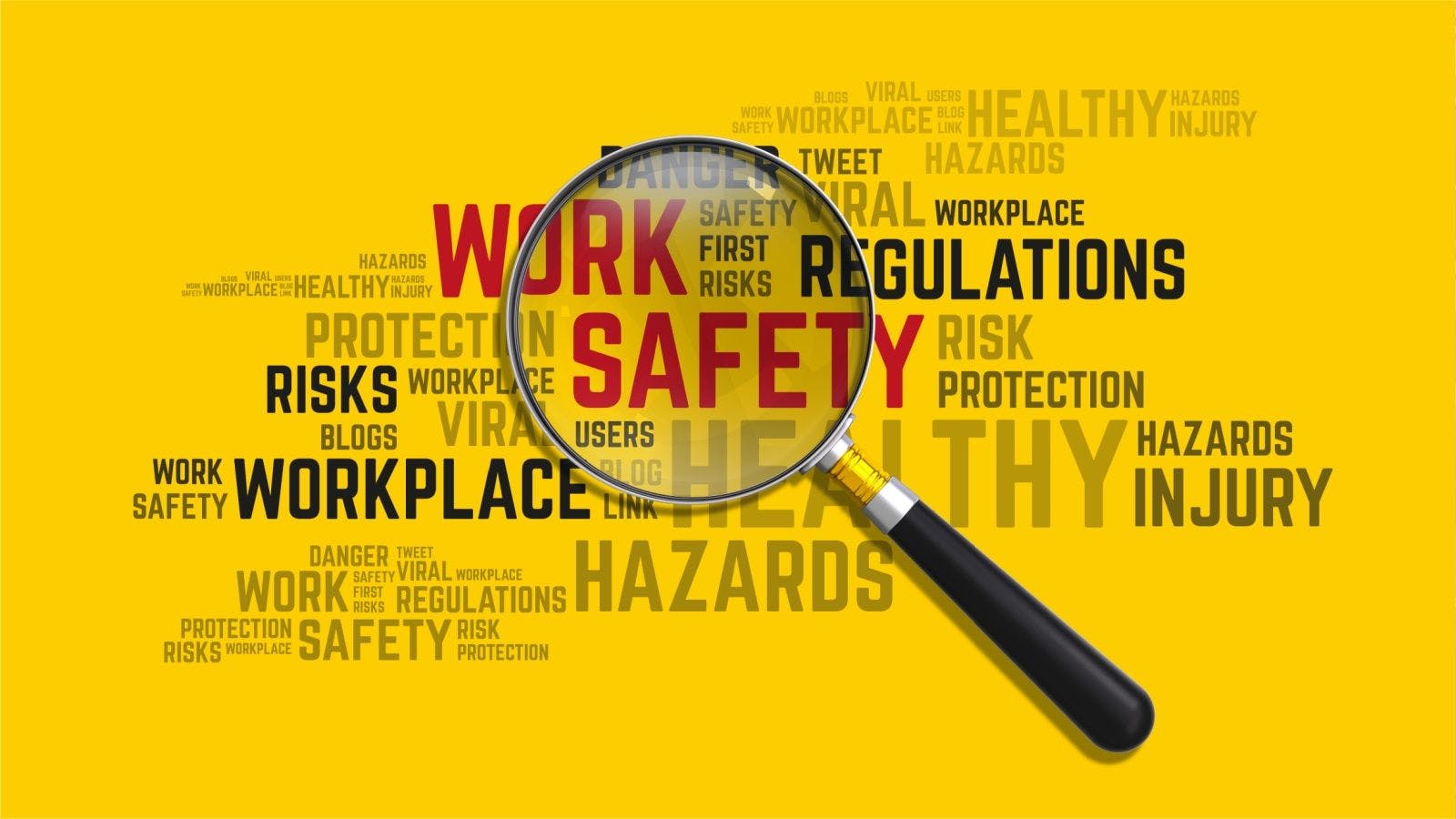
Weather-Related Safety Preparedness, Risks and Recovery
CE This Week interviewed Bob Kreuzer, Vice President, Risk Control, Construction for Travelers on preparing for severe weather-related events, such as hurricanes.
CE This Week: What are the risks construction companies should be aware of when putting long-term plans and policies in place to prepare for severe weather?
Beyond its potential to cause physical damage to equipment, materials and structures on a jobsite, severe weather can also create a safety concern for the employees who are exposed to the elements. Developing long-term plans to prepare for severe weather can help to address these risks.
It is surprising to hear how many businesses, construction firms in particular, do not have a business continuity plan in place. Nearly 60 percent of construction firms surveyed for the 2017 Travelers Risk Index reported not having a plan. Considering the number of past significant storms, having a plan is critical to a company’s livelihood.
When developing a business continuity plan, be sure to address any potential threat the company could face, including severe weather. As part of this process, devise an action plan to keep workers safe, with a list of contact information and a log of on-site employees to account for everyone if a storm or event occurs. Use a preparedness checklist to identify particular areas in need of protection, such as exposed areas of a structure, to know what areas of the job site require special attention. If the job involves work on or near a body of water, make plans to protect or relocate all equipment and watercraft, including tugs and barges. Be sure to account for the amount of time it would take to complete any relocation.
If a plan is not already in place, now is the time to create one. Once it is done, test it regularly and revise when needed, as the business and the risks it faces may change over time.
While a company can’t always predict the ultimate impact of weather events, a documented and practiced strategy can help prepare for the unexpected and get the worksite running again as soon as possible. There is a full list of steps for contractors to help stay safe during hurricanes on Travelers’ Prepare and Prevent website.
CE This Week: What are best practices for securing jobsites in the few days before a storm hits?
Many construction sites are vulnerable to the elements, and it’s no surprise that without the proper safeguards in place, the possibility for damage increases. Wind and water can cause considerable issues on a jobsite, exposing a variety of work activities and structures to damage. But there are a few steps contractors can take to help prevent this from happening.
Securing all loose materials and installing additional bracing to walls or roofs will help protect against wind damage. Covering sand and topsoil to prevent erosion can also help protect stored materials. Anchoring roof panels or decking and covering large wall openings may help prevent wind damage. This step can also help prevent water intrusion, which is one of the leading causes of damage to jobsites.
Other steps to reduce the chances of water damage include installing drainage systems and clearing any obstructions around drains. Because water can cause serious damage quickly, waiting to install finished products (such as drywall and flooring materials) until after the building is watertight will help prevent potential damage. Basement areas can contain high-value electrical switchgears, so it is important to confirm surrounding drainage and excavation work has been completed to avoid water intrusion.
One other important aspect to consider, while it may seem obvious, is securing and protecting cranes. Cranes can be dangerous when severe weather strikes, so it’s important that, if possible, cranes be lowered if a storm is anticipated. Contractors might consult with the manufacturer or a professional engineer on how to best lower and/or secure cranes.
CE This Week: After a storm, many construction firms may take on post-storm rebuilding work. What are some of the challenges that contractors should take the time to understand beforehand?
Following a storm, demand for labor and materials can surge, as impacted areas need rebuilding. While this can bring contractors an influx of work, unfamiliar locations and the unique job-site hazards — like navigating potentially dangerous terrain and working longer hours than usual — that come with post-storm work can create significant challenges and heightened risk.
Although post-storm rebuilding work may sound simple, one of the best things to do is ask:
- Are there enough qualified employees to handle this job?
- Do they have the proper training to navigate this hazardous area?
- Can the workforce be mobilized in a safe way?
- Are the materials necessary to successfully and safely complete the work available?
If the answer to any of these questions is no, think twice before taking the job.
Travelers construction claim data show that more than 42 percent of worker injuries occur in the first year of employment. Post-storm rebuilding work often requires hiring new employees, so contractors need to be even more disciplined about hiring practices and safety policies that support new hires, such as onboarding, training, supervisor on-site management, new-employee orientations and site inspections.
In addition to the matter of on-site employee safety, the potential need for employees to travel long distances and drive unfamiliar routes in these situations is also an important concern. The average work-related motor vehicle injury claim costs more than $70,000, according to the National Safety Council, which is twice as much as other work-related injuries. A critical component of hiring a worker includes vetting potential drivers during the hiring process.
Evaluate driving records and compare them against pre-established criteria to help determine who will be allowed to drive on company business.
Businesses can incorporate this driving criteria into an overall fleet safety program that also outlines other expectations, including but not limited to distracted driving policies, personal use guidelines and vehicle inspections.
Marla McIntyre is a digital editor of CE This Week and ConstructionExec.com. She edited Construction Executive’s Tech Trends and Risk Management eNewsletters and is the author of more than 200 articles and publications, including Construction Executive’s annual technology predictions, Technology & Software Rundown column and an award-winning series for the Risk Management Association. Her extensive construction and risk management background includes stints as executive director the Surety Information Office and American Subcontractors Association of Metro Washington.
Related stories








